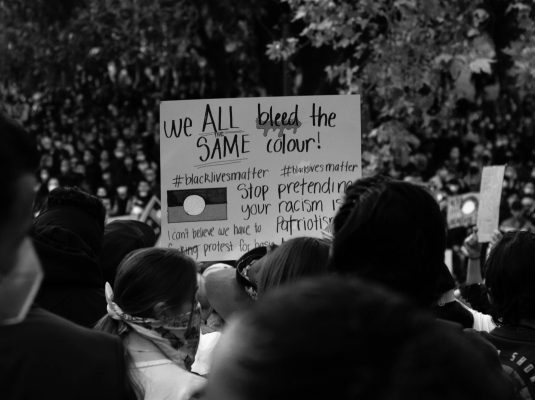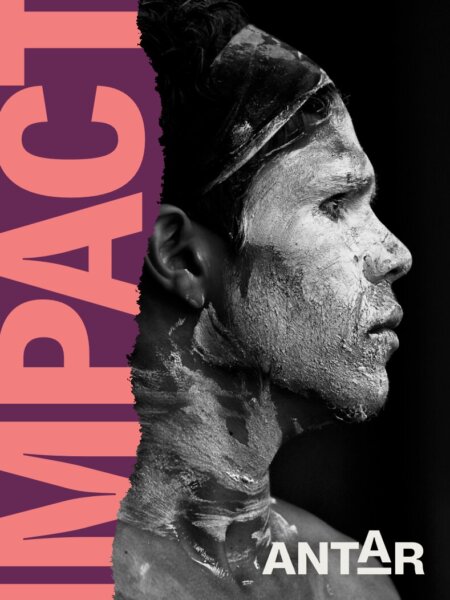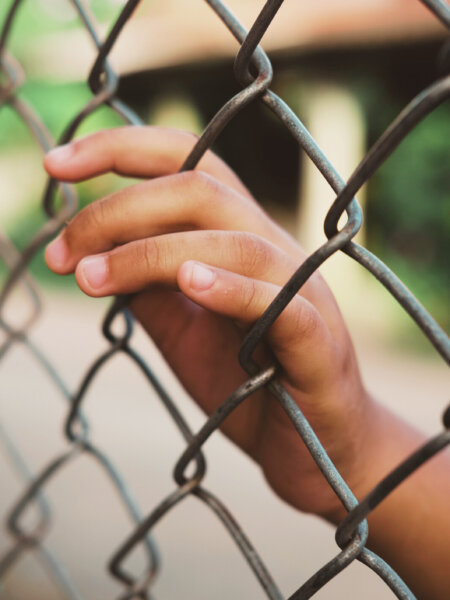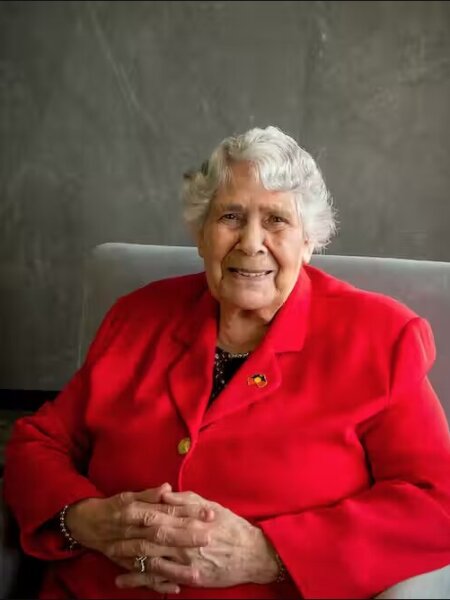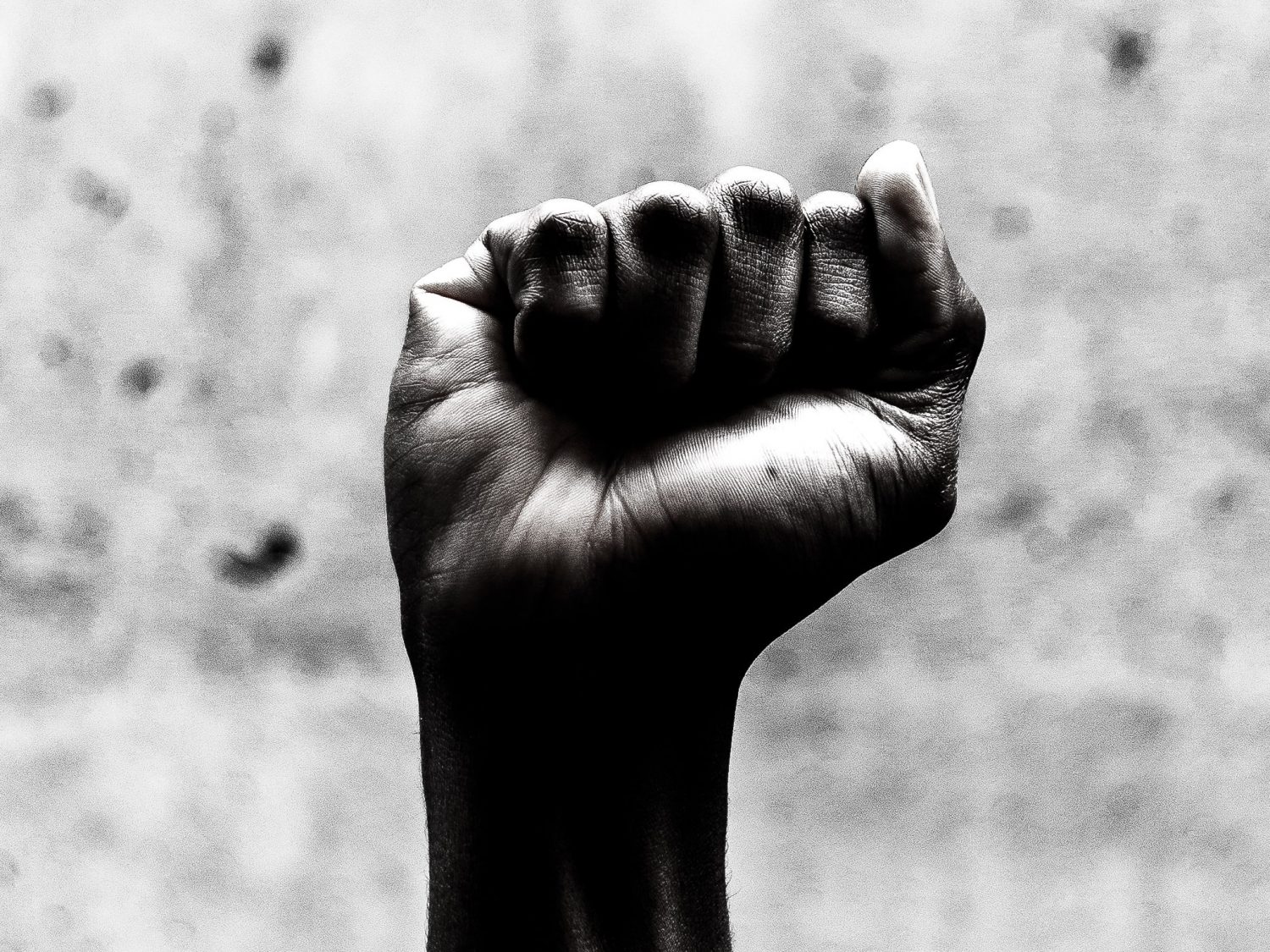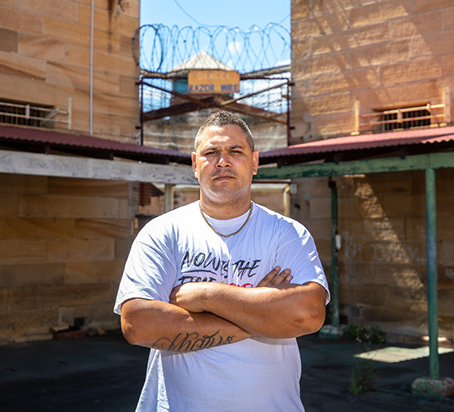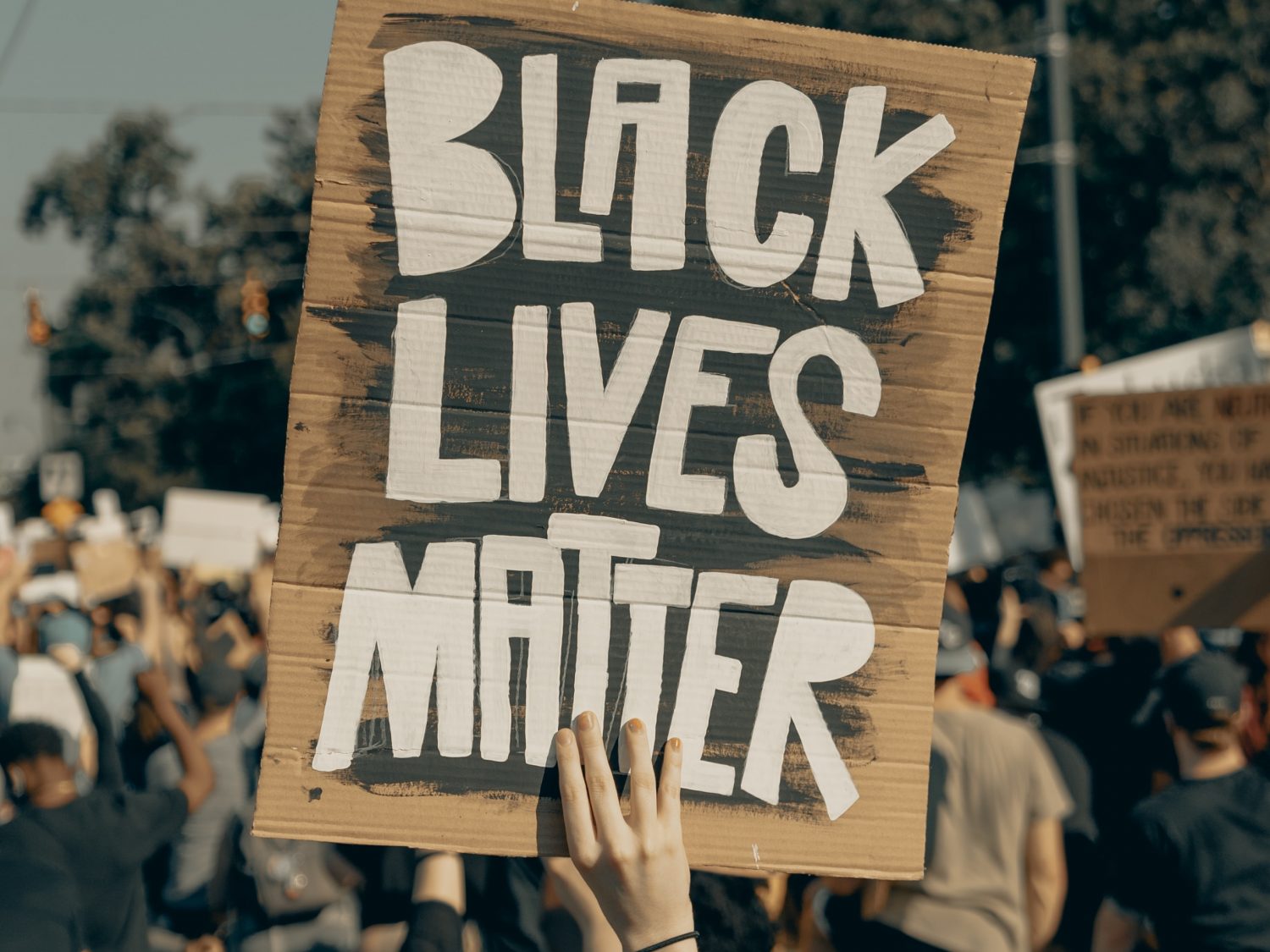WARNING: Aboriginal and Torres Strait Islander readers are advised that the following article contains names and descriptions of people who have died.
Royal Commission into Aboriginal Deaths in Custody
Background, interim developments & current statistics
The Royal Commission into Aboriginal Deaths in Custody (RCIADIC) 1987-1991, was established in response to growing public concerns that First Nations deaths in custody were far too common and poorly explained. The commission examined 99 deaths that occurred in custody between January 1980 and May 1989. The manner and circumstances of each death were investigated and reported on, as well as broader investigations into the social, cultural and legal factors that may have contributed to the deaths.
The Final Report, released in April 1991, concluded that First Nations Peoples had a higher chance of dying in custody simply because they had a higher chance of being in custody. A central finding was that continuing conditions of over-representation of First Nations Peoples in prisons had their ‘origins in structural, systemic injustice to a disadvantaged minority rather than in a propensity in this group to increased criminality’.
The 339 recommendations fell into two main categories: those focused on improving the interaction of Aboriginal and Torres Strait Islander peoples at first contact with police and the justice system; and, those addressing policies such as health, education and self-determination in recognition of the broader social issues leading to higher rates of incarceration. The recommendations noted the importance of including Aboriginal and Torres Strait Islander peoples and their perspectives in all matters. Such recommendations included; policy development, criminal justice matters, and the operation of programs for crime prevention and social control, to ensure they are culturally and socially appropriate.
The report also outlined that certain aspects needed significant improvements within the criminal justice system. Improvements to policing practices and support for First Nations People when in contact with the justice system will need to be appropriately addressed.
Since the release of the RCIADIC Report in 1991, more than 455 Aboriginal and Torres Strait Islander peoples have died in custody. Despite the findings and recommendations of the Royal Commission, First Nations Peoples continue to be among the most incarcerated peoples in the world. Aboriginal people now die in custody at a greater rate than before the RCIADIC with an average of 15.1 deaths per year between 1991 and 2018 compared to 10.5 deaths per year between 1980 and 1989. First Nations adults are 12.5 times more likely to be incarcerated than non-Indigenous peoples and First Nations youth are 26 times more likely to be incarcerated. First Nations women continue to be the fastest growing prison population in Australia.
Since the release of the final report of the RCIADIC, little has been done to address and implement the Recommendations. This is despite some very limited and highly contested reviews that have attempted to white-wash the response over the last 30 years. Most of them remain unimplemented or only partially implemented. In some jurisdictions laws have been introduced that directly contradict the recommendation that detention be the option of last resort for Aboriginal and Torres Strait Islander peoples.
Partly due to the lack of Government support, we have seen the rise of Aboriginal and Torres Strait Islander-led campaigns, such as Change the Record and Just Reinvest NSW, that advocate for the implementation of the RCIADIC recommendations.
The Change the Record campaign has been working tirelessly to close the gap in rates of imprisonment by 2040. Through their 12 key reforms, they have been working closely with Aboriginal and Torres Strait Islander communities to invest in holistic early intervention, prevention and diversion strategies. Change the Record, in collaboration with ANTaR and other members of the Coalition Steering Committee, have provided a BluePrint for Change.
The Coalition Steering Committee has outlined policy principles and solutions based on RCIADIC recommendations that all levels of government can adopt to reduce the rates of First Nations incarceration and in turn reduce the number of deaths in police custody.
Just Reinvest NSW is also a community focused campaign that aims to redirect funding away from prisons and into communities that have high rates of contact with the criminal justice system. This can be achieved through community-led initiatives as well as State-wide policy and legislative reform. Due to the lack of Government intervention in implementing the recommendations of the RCIADIC, Just Reinvest has put together a Toolkit. The purpose of the Toolkit is to empower communities to take back local control and be the solutions needed to reduce crime, divert First Nations peoples from the criminal justice system, in order to create safer, stronger communities. Just Reinvest have been working with the Aboriginal community in Bourke to demonstrate the benefits of a community-led justice reinvestment approach and continue to call on the NSW Government to adopt a justice reinvestment framework for all First Nations communities.
In 2019, Just Reinvest welcomed Commonwealth and NSW government collaboration in longer term funding for 10 sites in Australia, including Bourke.
The Australian governments’ continued unwillingness to implement the recommendations of RCIADIC 30 years on and their failure to listen to the voices of First Nations Peoples and advocacy groups has seen devastating increases to the rate of incarceration of Aboriginal and Torres Strait Islander peoples. Until governments make the necessary changes, First Nations peoples will continue to suffer at the hands of the criminal justice system that should protect them. Without intervention deaths in custody will continue at unacceptable rates.
This nineteenth century period has been described by historians as a time of ‘constructing the Indigenous criminal on the frontier’. By the end of the nineteenth century, First Nations populations across the country were decimated and subjugated, giving rise to each colony’s version of the Protection Acts (1869-1911). First Nations people were forcibly moved into State or Church institutions set up on the edges of settler communities. Initially set up as a means of ‘smoothing the pillow’ of a dying race, these segregated institutions became a way of life for most Aboriginal people up to the late 1940’s, when dismantling of the state-based Protection Acts began.
Every aspect of peoples’ lives was controlled by authorities, mainly the police ‘protectors’. This made it impossible for the people to take any part in white society while at the same time punishing them for their independence. Another notable statistic, draws attention to the processes of the criminalisation, segregation and subjugation of First Nations Peoples more or less up to the present day. From 1960 onwards, as Protection Era policies were dismantled, incarceration rates significantly increased amongst First Nations People. Researchers argue that this steady increase did not mark a radical shift but rather a movement from one form of control to another. Some go so far as to say that there has been a continuum of legislated colonial domination since 1788.
It is this history that the Royal Commission into Aboriginal Deaths in Custody attempted to interrogate and compelled Senator Patrick Dodson to describe the legal system ‘as feared and despised’ by his people.
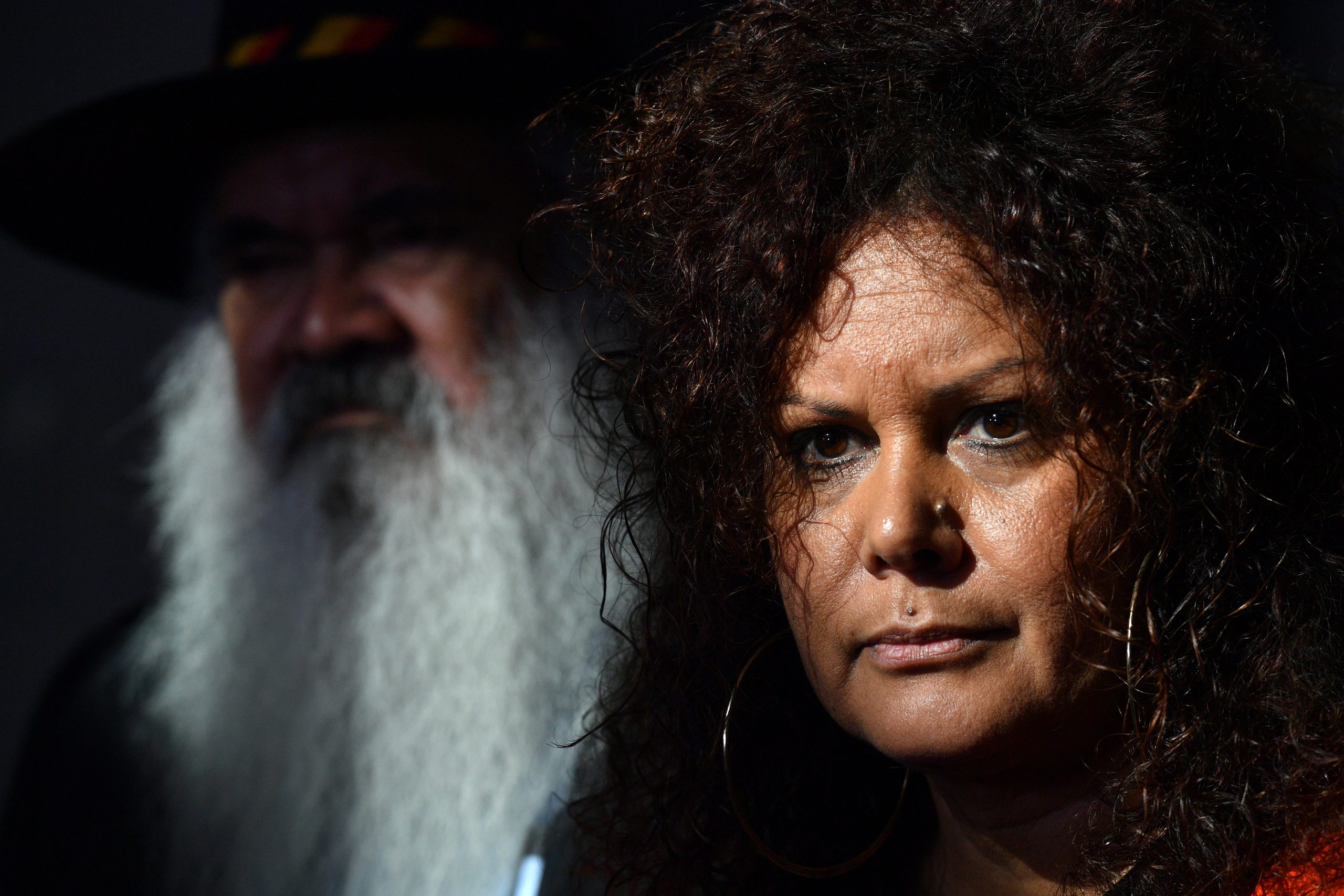
First Nations Senators Patrick Dodson and Malarndirri McCarthy.
Remember their names
Links between failure of comprehensive implementation of RCIADIC recommendations and First Nations deaths in custody.
Thomas Hickey
In Redfern NSW in February 2004, a 17 year old Gamilaraay boy Thomas Hickey known as ‘TJ’ died in hospital the day following a tragic interaction with police. ‘TJ’ died of injuries sustained when he came off his bike and was impaled on a metal fence. While details of the interaction remain disputed they involved the young boy apparently speeding away on his bike with two police vans in the vicinity. The inquest reports labelled the death as a freak accident. Thomas’ death provoked street riots to occur centred around the Redfern community.
Recommendations 6 and 41 of the RCIADIC provide a clear definition of what constitutes a custody death, which includes the death “of a person who dies or is fatally injured in the process of that person escaping… police custody”. The family and community of ‘TJ’ have never accepted the coronial findings and 16 years later in 2020 Sydney Criminal Lawyers called for a parliamentary enquiry into his death.
Ms Dhu
In Western Australia, on 4 August, 2014, Yamatji woman, Ms Dhu, died in custody after being locked up for three days for unpaid fines. Ms Dhu was taken to hospital three times during her incarceration. Police officers believed she “was faking it”. On her third visit to the hospital she died from septicaemia and pneumonia caused by an infection in a rib broken in a domestic violence incident some weeks before.
The coroner found that “the behaviour towards [Ms Dhu] by a number of police officers was unprofessional and inhumane. Their behaviour was affected by preconceptions they had formed about her.” Based on RCIADIC recommendations, the coroner suggested the law be changed so people could no longer be imprisoned for unpaid fines. Finally, in 2020 the WA government became the last state to pass legislation to end imprisonment for unpaid fines.
David Dungay Jr
In Sydney in 2015, a 26 year old Dunghgutti man, David Dungay Jnr died in prison during a restraining procedure being performed on him. There were many factors that contributed to his death – medical issues after restraint, prison protocols not being followed, injuries in custody, mental/cognitive issues and the use of force. Such factors contribute to many deaths in custody – a reality that the RCIADIC Commissioners identified 30 years ago, hence their comprehensive measures to combat unnecessary, punitive behaviours of authorities within the justice system. David’s family are still fighting for justice.
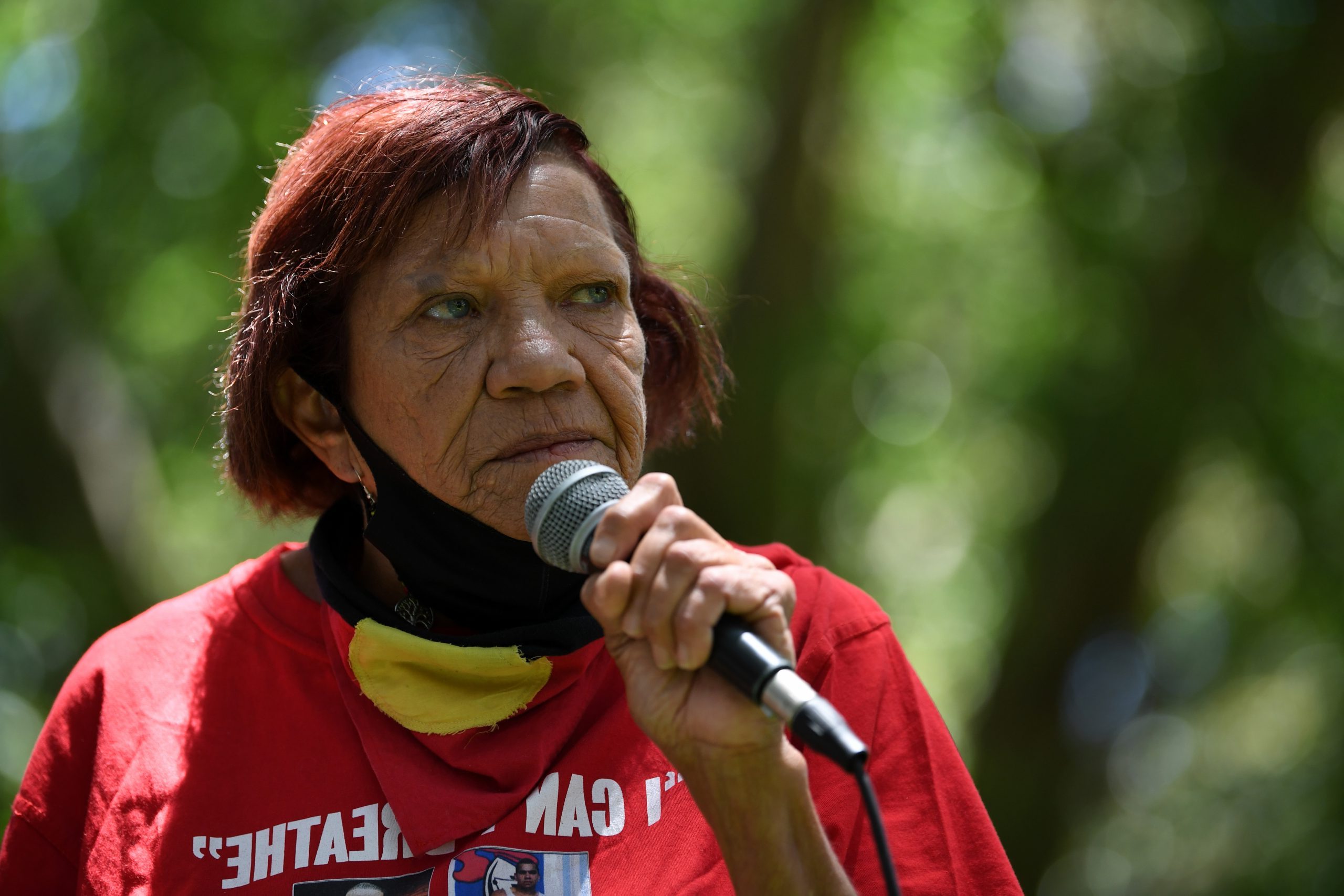
Leetona Dungay, mother of David Dungay Jr, speaks during a Black Lives Matter rally in Sydney, 2020. The rally coincided with hearings in the NSW Parliamentary Inquiry on First Nations people in custody and oversight and review of deaths in custody.
Tanya Day
In December 2017, Yorta Yorta woman, Tanya Day died 17 days after falling in the cells of Castlemaine police station. She was arrested for public drunkenness. The Coroner‘s report concluded that Tanya died from significant trauma to the head which was “totally preventable” had she not been arrested and taken into custody. Advocacy from Tanya’s family resulted in the decriminalisation of public drunkenness In Victoria as per recommendations of the RCIADIC. After an interim period of setting up alternative services, this legislation will come into effect in November 2022.
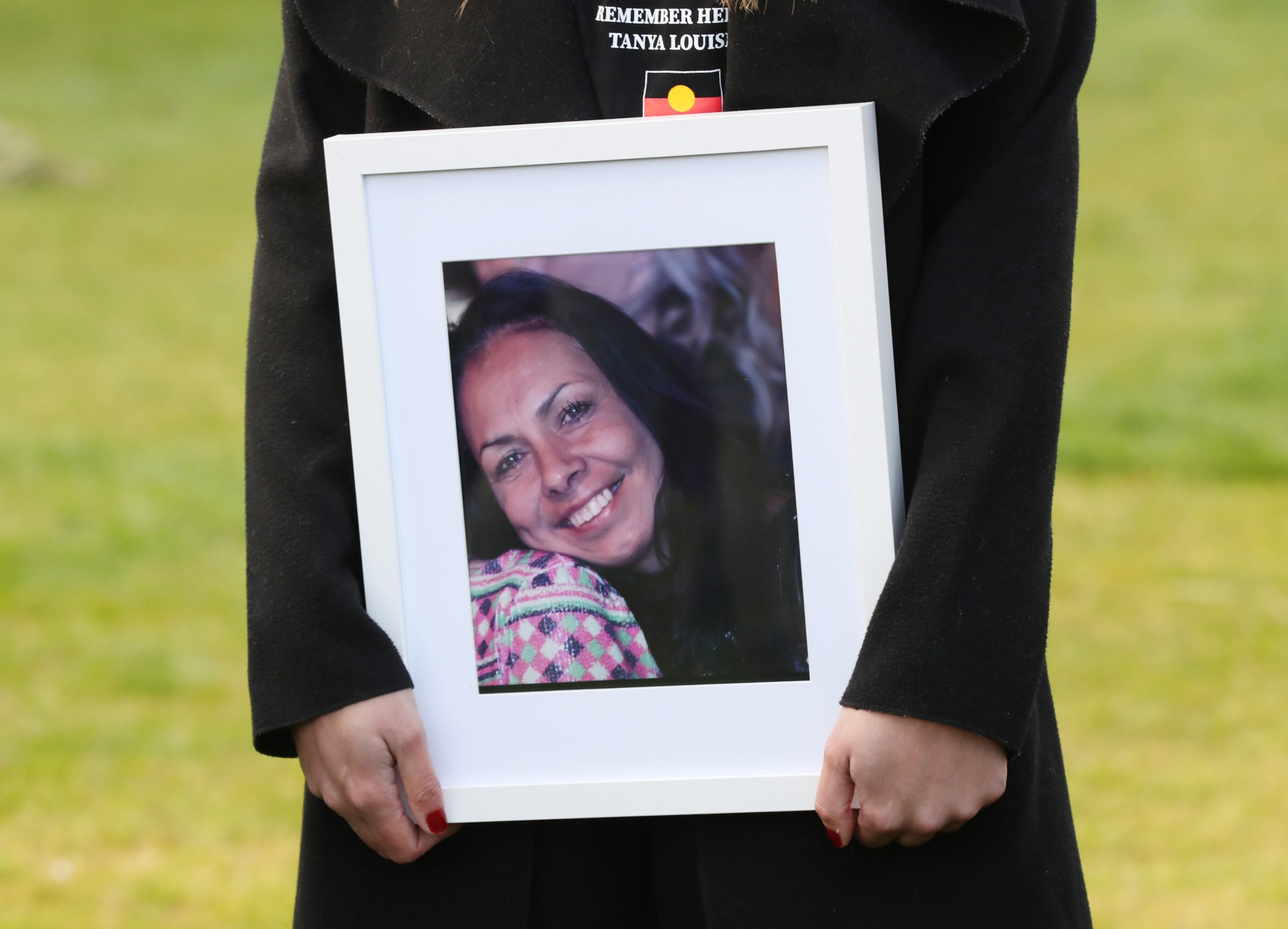
Apryl Day holds a picture of her mother Tanya at a smoking ceremony in Kings Domain Park prior to a Coroners Inquest into Tanya’s death in police custody, 2019.
Tane Chatfield
On 22 September, 2017, 22 year old Kamilaroi, Gumbaynggirr and Wakka Wakka man Tane Chatfield died from a reported suicide while on remand at Tamworth Correctional Centre. This took place during a trial in which his lawyer said he was confident of being found not guilty. In the 24 hours before he was found unresponsive in his cell, he had been treated for a seizure at the Tamworth Base Hospital. Upon his return from hospital, he was placed alone in a ‘normal’ cell with hanging points. Tane was on life support for two days after being found in his cell and died in hospital. Photos of his body, taken by his family, while he was in hospital show injuries that are inconsistent with hanging. Tane’s family do not believe that he would have taken his own life and continue to search for answers regarding his death. The coroner’s report found that Tane died as a result of self-inflicted hanging and found the care provided to Tane by a Justice Health nurse the morning of his death was ‘inadequate’.
Nathan Reynolds
On 1st September 2018, 36-year-old Anaiwan and Dunghgutti man, Nathan Reynolds died in custody following a severe asthma attack. Reports claim that Nathan and fellow inmates called for help during the asthma attack but it took 10 minutes for guards to respond and a further 22 minutes for a nurse to arrive. By the time the ambulance arrived, Nathan was already dead. The coronial inquest found that the unreasonable delay of medical care deprived Nathan of at least some chance of surviving his acute asthma attack. These failures were due both to numerous system deficiencies and to individual errors of judgement. “The implementation of improved medical practices and policies as set out by the recommendations of the RCIADIC could have significantly improved the medical response time for Nathan and ultimately saved his life. In March 2021, the Coroner’s report found Mr Reynolds died of “natural causes”, partly exacerbated by deficiencies in the management of his severe asthma.
Jonathon Hogan
In February 2018, 23 year old Wiradjuri, Ngiyampaa and Murrawarri man, Jonathon Hogan died by suicide in his cell while incarcerated at Junee prison. Jonathon was placed in a cell with hanging points despite having a history of mental health concerns and self-harm. The Coroner’s report found that he received “inadequate” treatment for mental health issues in the months leading up to his death. Despite the recommendation to remove all hanging points in police and prison cells, Corrective Services Commissioner, Peter Severin, has stated that there is “no dedicated budget for removing hanging points, it is part of a risk-based approach to modifying cells where it is necessary, and that is being done proactively”. However, Aboriginal and Torres Strait Islander peoples continue to be placed in cells with known hanging points despite their risk.
Chris Drage & Trisjack Simpson
On 10th September 2018, 16-year-old Chris Drage and 17-year-old Trisjack Simpson drowned in the Swan River in Perth while they were fleeing police. Two police officers started chasing the boys and two others on foot following reports of “teenagers jumping fences”. All four boys entered the river in an attempt to escape the pursuit but only two made it out. Reports suggest conditions that day were “difficult” and the tide would have been very strong. Both Chris and Trisjack had previous experience dealing with police, the law, and Banksia Hill Detention Centre. These deaths highlight the extremes First Nations youth will go to to avoid police contact. The RCIADIC recommendations state the importance of reform to the youth justice system and the employment of First Nations run programs and strategies to divert First Nations youth from the Criminal Justice system and to merge youth justice into the department of communities.
Veronica Walker
On 31 December 2019, Yorta Yorta woman, Veronica Walker was arrested for shoplifting and denied bail. She was found dead in her prison cell just 3 days later. She was reportedly heard crying out for help the night before her body was found. Veronica’s death is seen as a direct result of a punitive and unfair bail system introduced in Victoria in 2018 that was meant to punish perpetrators of violence. The Royal Commission recommended that bail legislations be amended to divert Aboriginal and Torres Strait Islander peoples from police custody. Instead these laws have led to more women charged with minor offences being denied bail.
Kumanjayi Walker
On 9 November 2019, Kumanjayi Walker died after he was shot at his home in Yuendumu when two police officers went to arrest him for breaches of his suspended sentence. Constable Zachary Rolfe was charged with Kumanjayi’s murder, granted bail, and stood down from the police force with pay while on bail. Concerns have been raised about the way police and health officials dealt with the immediate aftermath of the shooting, and their subsequent treatment of the community. Read about the outcome of this trial here.
